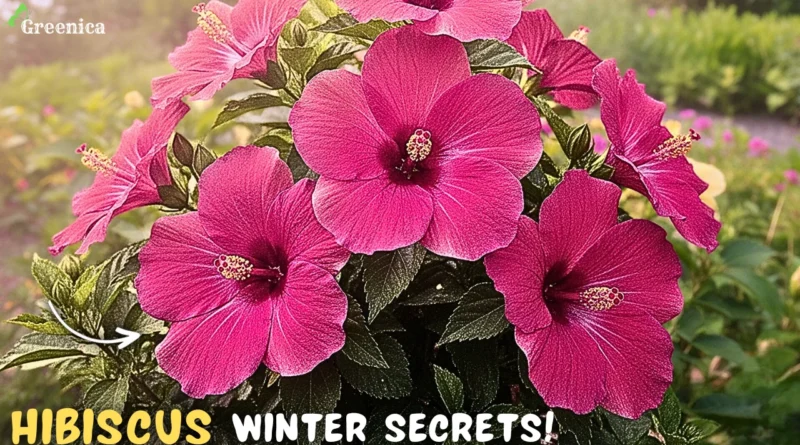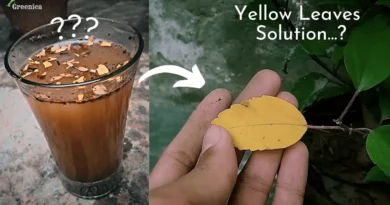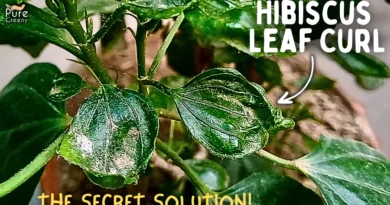Hibiscus Plant Winter Care! (5-SECRETS)
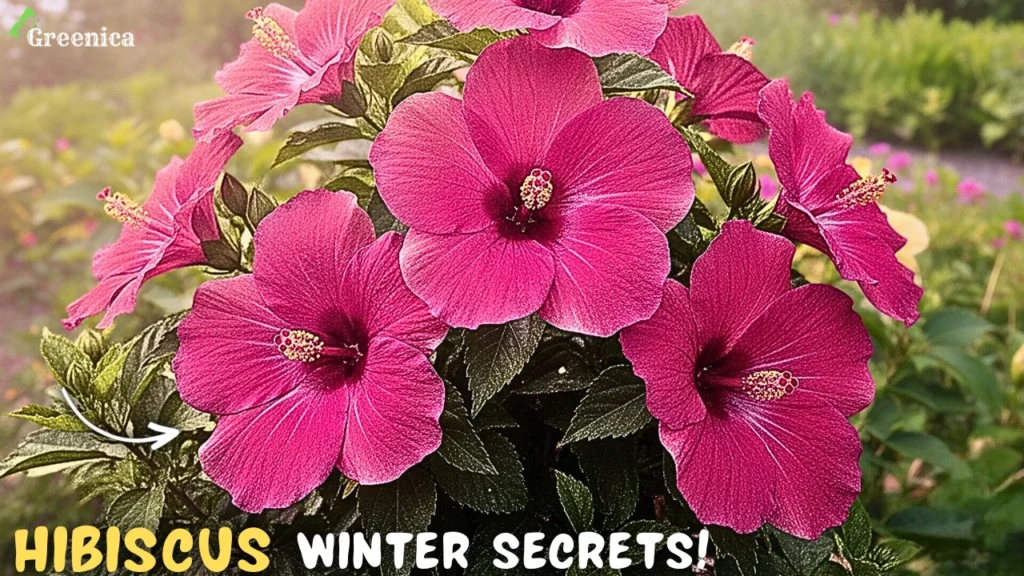
Hibiscus plant is a tropical area plant that likes warm and humid weather, while in winters the environment is totally opposite. So in winters we have to follow a few care tips in order to save our Hibiscus plant. So let’s know about these winter care Tips.
1-Understand the Season!
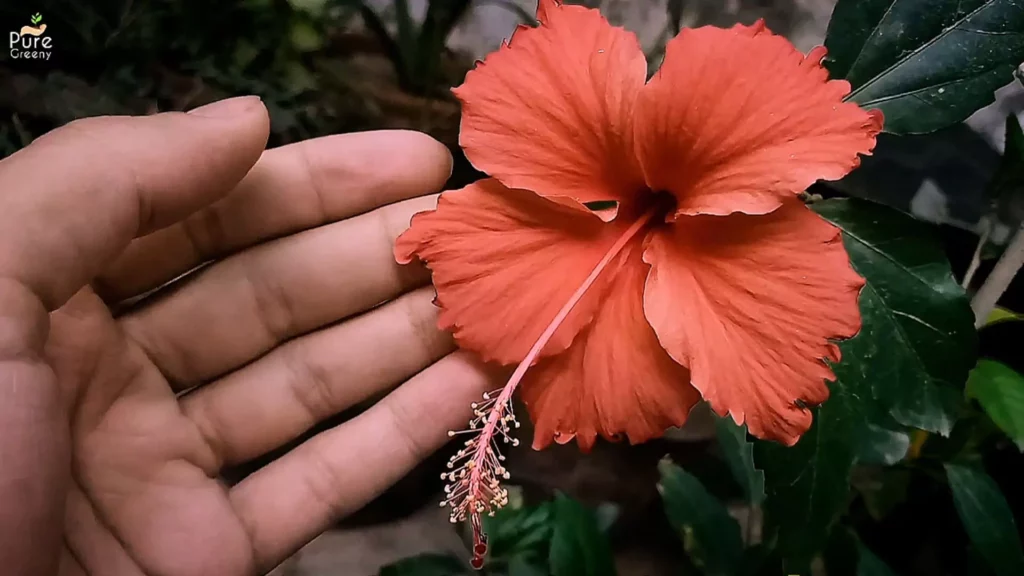
The first and the most important Hibiscus plant winter care tip is to understand the season. Hibiscus plant is a summer flowering plant; it grows really well in a warm environment, while as the temperature drops the plant goes dormant.
Winter season is the dormancy time period of the Hibiscus plant, it stops its growth, turns its leaves yellow, and the new growth starts again as the temperature starts rising in spring.
So in order to save our Hibiscus plant, understand this very carefully that winter is the resting period for Hibiscus. You can’t expect a lot of growth on it; the plant is like in a sleeping mode.
2-Watering Habits…

One key thing in the Hibiscus plant winter care guide is the watering. Proper watering is very important to save a plant in the dormancy period. People often water the dormant plants the same as the other plants, but that’s very wrong.
Hibiscus plant does like a lot of moisture in the soil as it’s a humid-area plant, but when it’s resting like in winters you have to stop watering heavily, let the soil dry out a bit and then water only a little.
You will see the soil drying very slowly, maybe once or twice a month, that’s because the plant isn’t using the moisture from the soil for its growth. So just be careful, don’t over water, water only when the soil is dry. You can dip your finger in the soil to see how moist it is.
3-Fertilizing?

One thing you need to follow very carefully in winters for your Hibiscus plant is the right fertilizing. Hibiscus plant doesn’t grow at all in the winter season; it’s the resting time of the plant, no growth is expected at all.
That is why fertilizing has no use. Fertilizer is mainly required when the plant is growing; the nutrients are mainly used to make more leaves, buds, and flowers, but as the plant isn’t growing, frequent fertilization is not required.
As soon as the summer season starts again, you can provide your plant a fertilizer for the future growth, but during the winters fertilizing isn’t necessary. So follow this.
4-Ideal Place…

Placing your Hibiscus plant in an ideal spot, especially in the dormancy period, is most important. If it’s placed in an open area with frost falling on it directly, a young plant can die too.
Bigger trees, especially those planted in the ground, can handle harsh winters. But a potted young plant cannot bear the intensity of the environment. The most ideal spot for a Hibiscus plant in the winter season is under a bright shade.
Make sure your plant is not placed in a dark area. Under the shade of a big plant or near a window is the most ideal spot for Hibiscus plant.
As soon as the summer season starts again, you can move your Hibiscus plant back to a sunny open area, but during the winters keep it under some shade and if possible move it indoors.
5-Yellow Leaves & Issues!

During the winter season stunted growth, yellow leaves, patchy leaves, or a dying-like condition is common. Just make sure it’s not because of overwatering or repotting.
In the winter season fertilizing, repotting, and pruning all have no use. The cold environment inhibits the growth of the Hibiscus plant, so that’s why we don’t need to use any kind of growth booster techniques.
You will definitely see most of the leaves turning yellow and then falling off. Just keep the soil only a little moist and the plant under a shade. These two are the only things you need to pass through winters.
It’s all about the Hibiscus plant winter care guide. Here is a detailed Guide on how to repot a plant. The first thing you will need in the spring season is to repot the plant.
